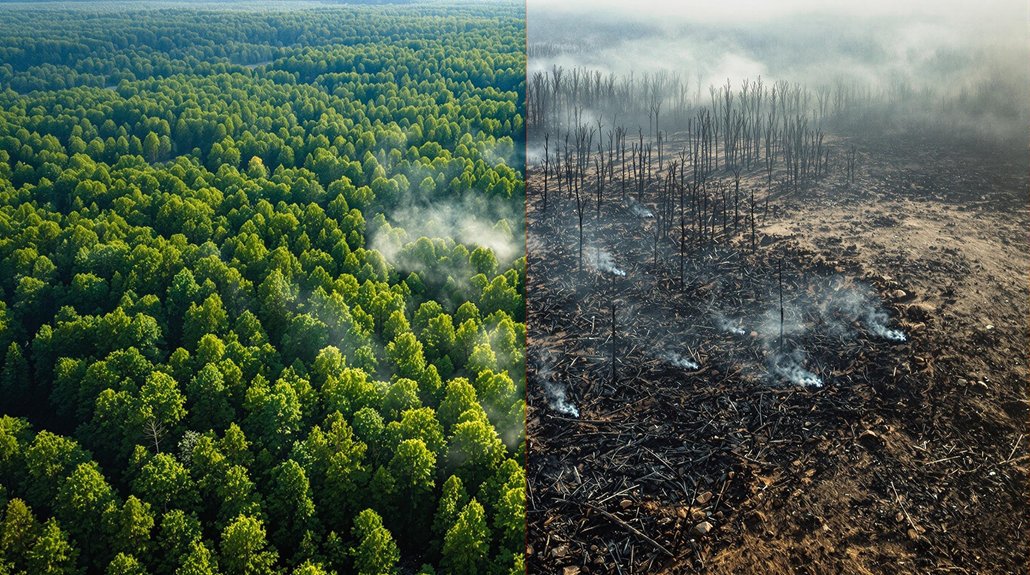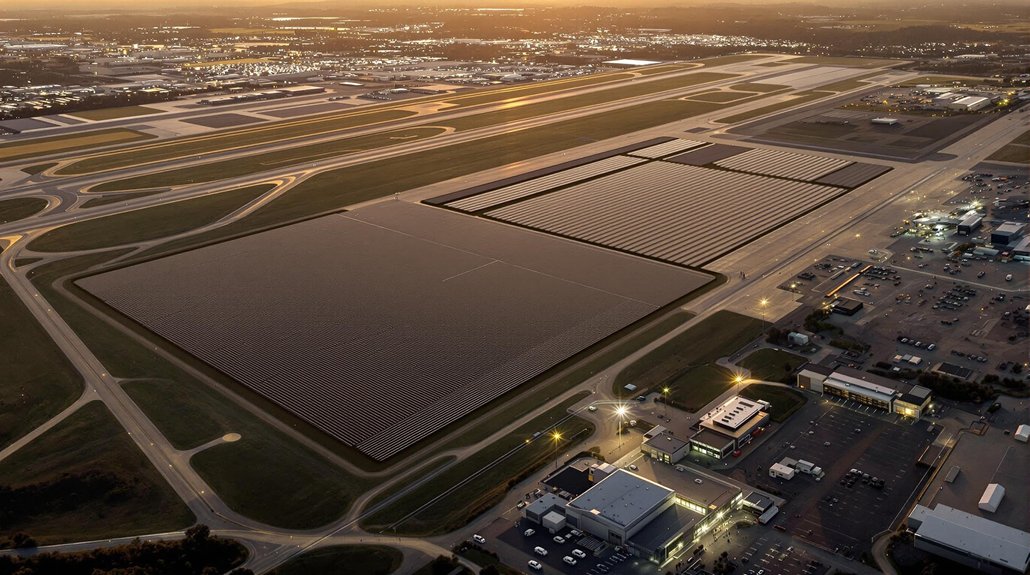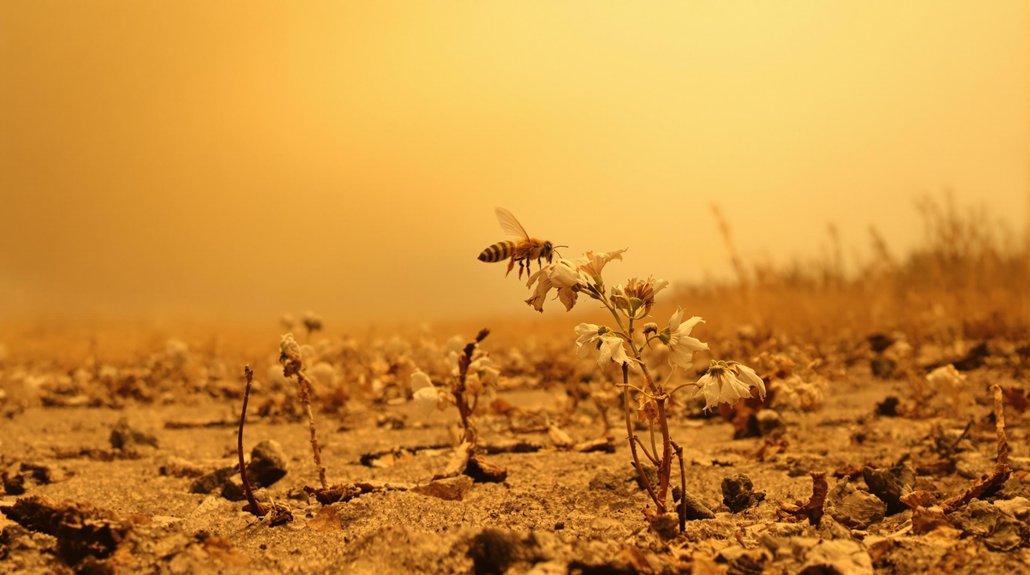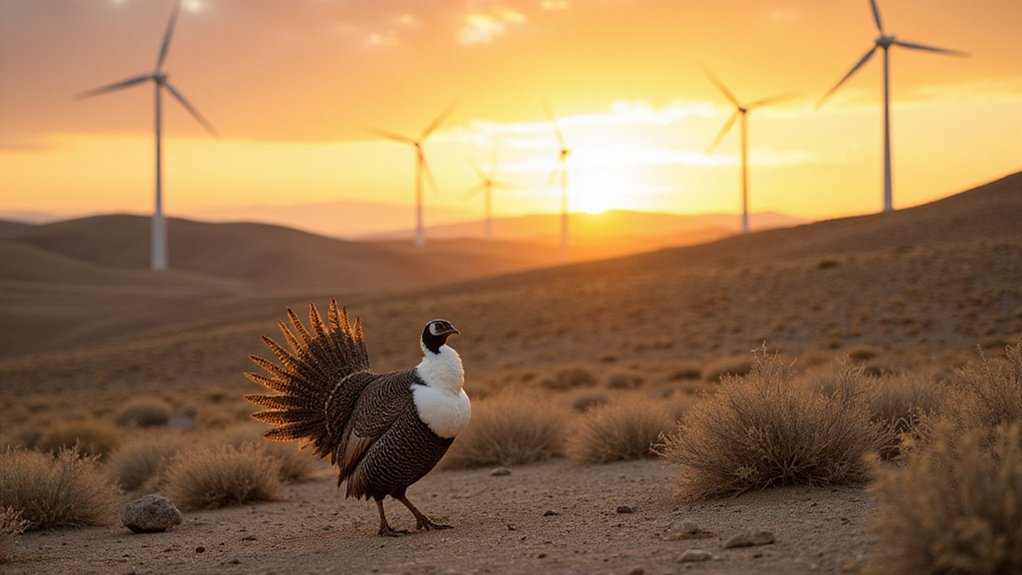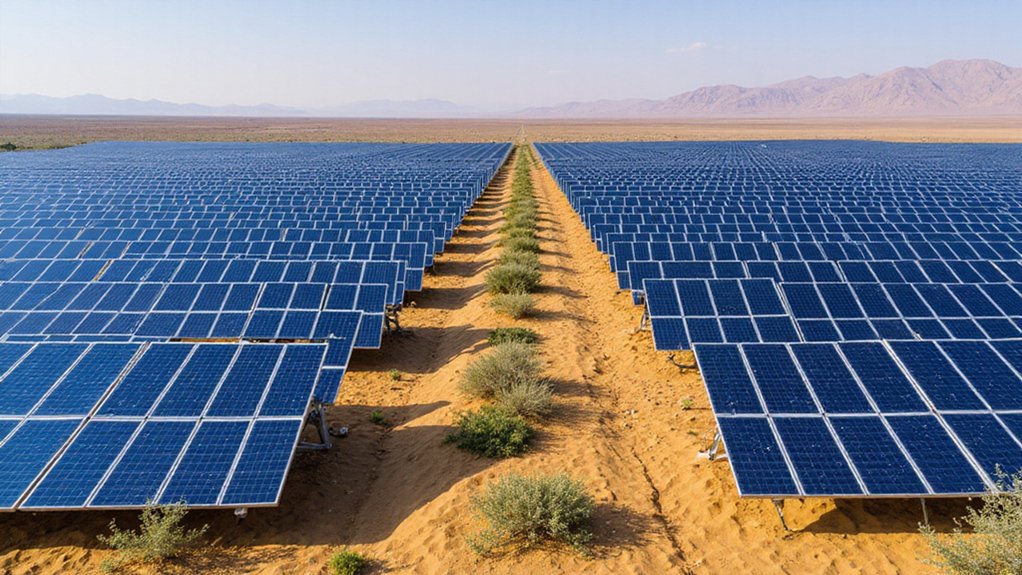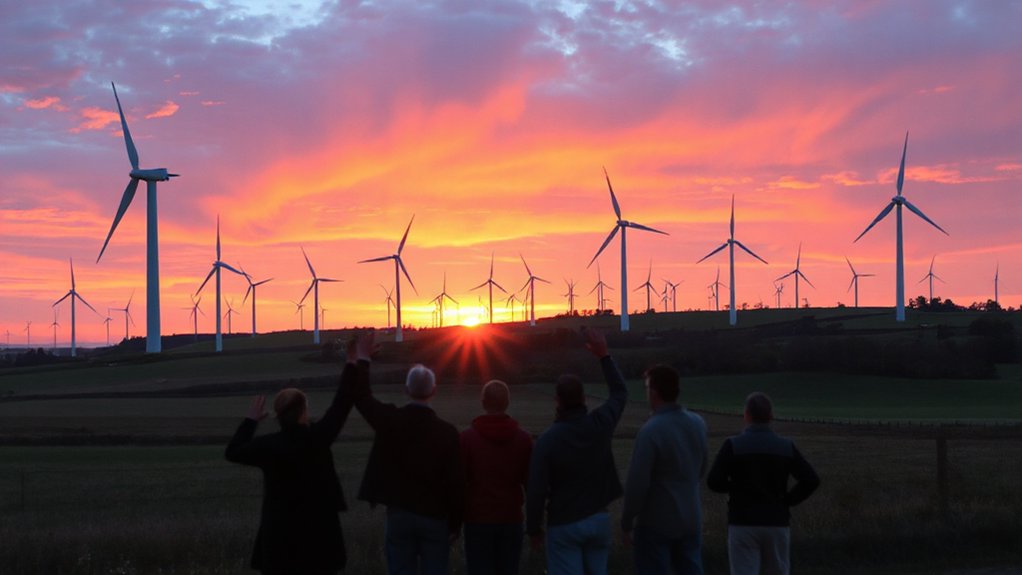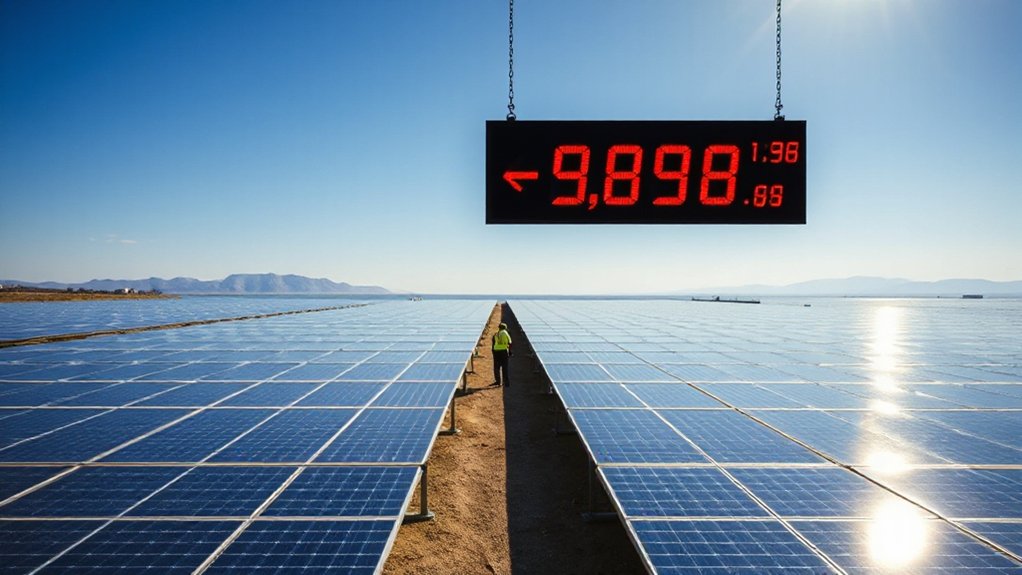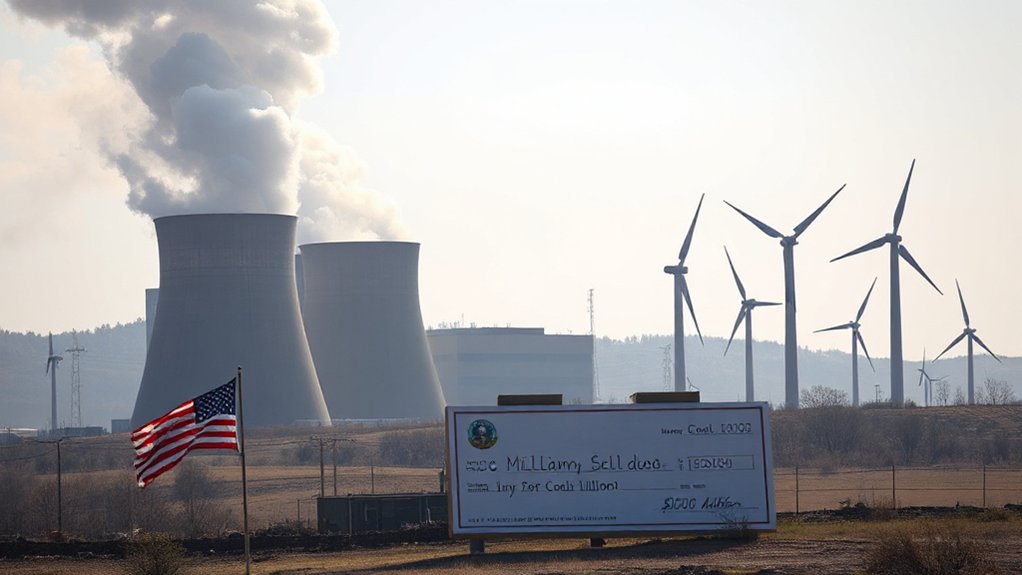Forests worldwide have lost 4 billion cubic meters of wood volume since 1990. This decline represents 1.3 billion tonnes of stored carbon, potentially releasing nearly 5 billion tonnes of CO2 when trees die. Forest carbon storage is lower than expected, threatening Paris Agreement targets. While deforestation rates have dropped by 26% in the last decade, climate change continues to weaken forests’ ability to absorb carbon. Understanding these trends is vital for addressing this urgent climate crisis.
While world leaders focus on reducing carbon emissions, a silent crisis is unfolding in the planet’s forests. Since 1990, the world has lost 4 billion cubic meters of wood volume, equivalent to hundreds of millions of mature trees disappearing from our landscapes. Global forest volume has dropped from 53.5 billion cubic meters in 1990 to 49.5 billion by 2020.
As our attention shifts to carbon emissions, a hidden forest crisis silently worsens—billions of trees vanishing in plain sight.
This loss represents 1.3 billion tonnes of stored carbon. When trees are burned or left to rot, this carbon produces nearly 5 billion tonnes of CO2. The timing couldn’t be worse for our climate goals. The Paris Agreement targets are now in jeopardy as forests store less carbon than expected.
Delays in action are costly. Scientists warn that waiting just five years to address forest carbon loss would double both the difficulty and cost of offsetting measures. Many climate models appear too optimistic about future forest carbon storage capacity. Resource extraction and processing contribute to this crisis, accounting for half of emissions globally through direct and indirect impacts on forest ecosystems.
Regional differences tell an important story. Western U.S. forests show declining productivity as they approach climate thresholds, while Eastern forests are growing slightly faster. This isn’t due to more trees dying but rather slower growth in western regions facing harsher climate impacts. Northern forests are experiencing climate warming two to three times faster than the global average, accelerating ecosystem changes.
There’s some positive news. Net forest loss has declined from 78 million hectares in the 1990s to 47 million in the 2010s. Deforestation rates dropped 26% in the last decade compared to previous ones. Still, tropical forests continue to disappear at alarming rates.
Multiple factors drive forest carbon loss. Climate change brings more droughts, wildfires, and disease outbreaks. Human activities like logging and converting land for farms continue. California’s escalating wildfires and ongoing Amazon deforestation highlight these threats. These ecosystems contain massive amounts of irrecoverable carbon that cannot be restored within the timeframe needed to prevent catastrophic climate change.
Intact forests previously absorbed 7.8 billion tonnes of CO2 each year, but this capacity is weakening. CO2 fertilization effects may be smaller than once thought, and soil nutrients often limit trees’ ability to store more carbon.
The message is clear: protecting our remaining forest carbon isn’t optional—it’s essential for our climate future.
